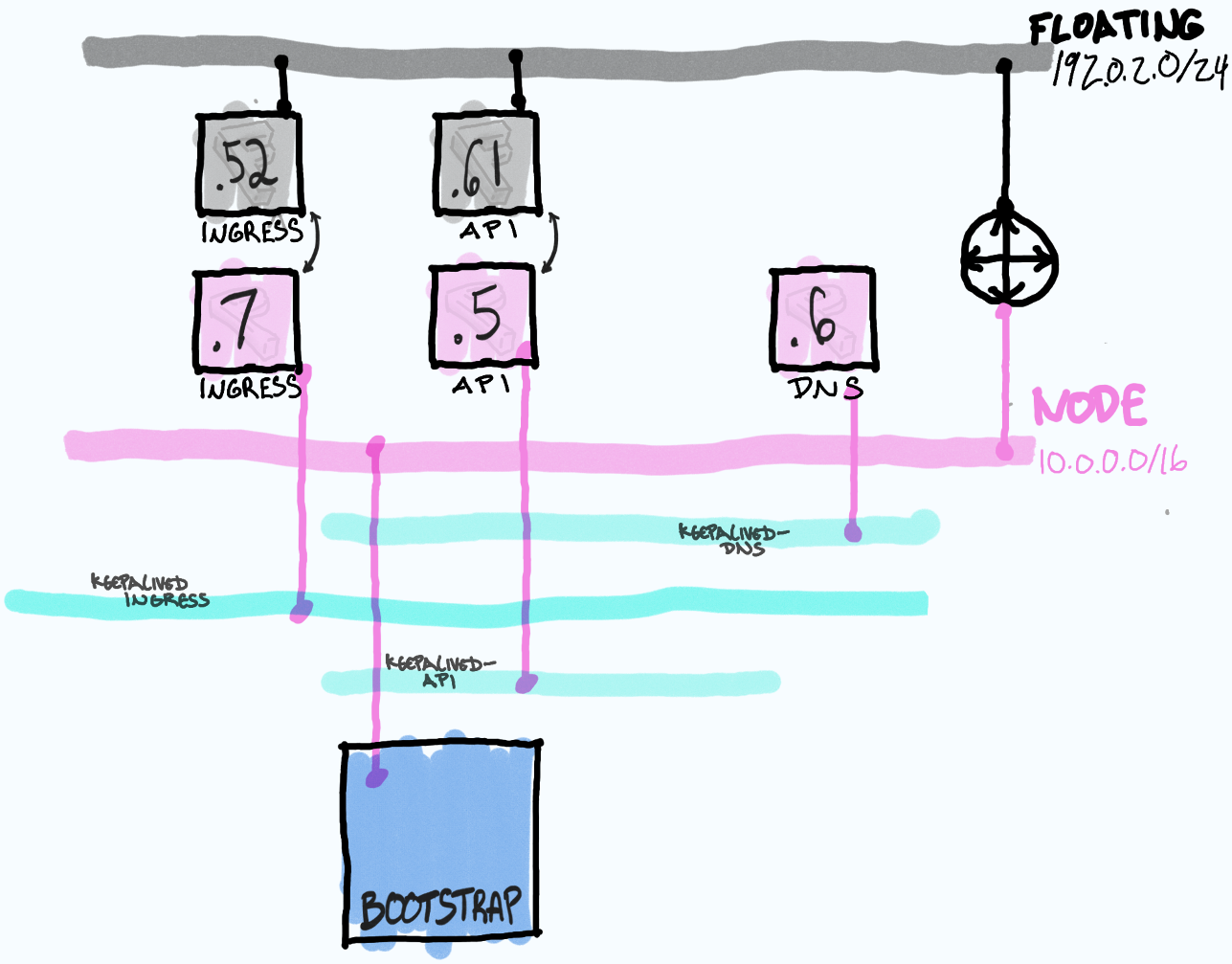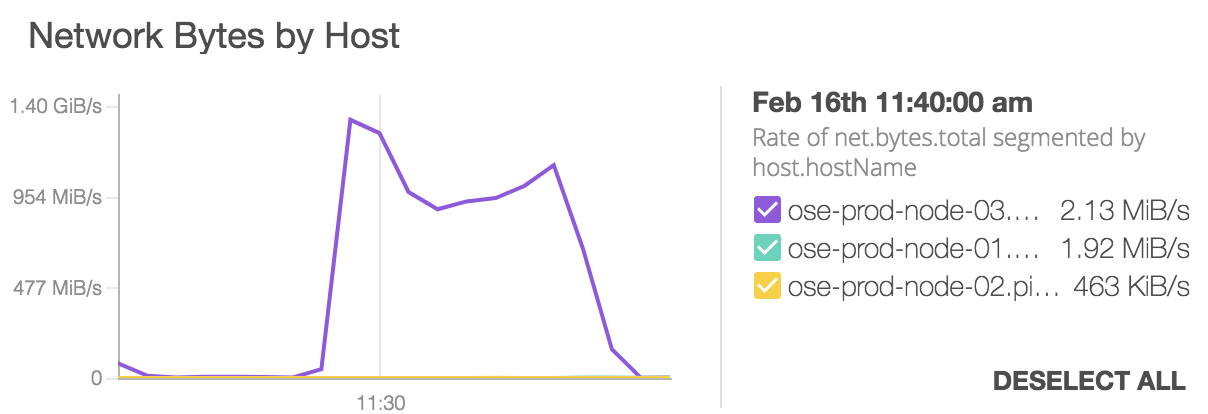Installing OpenShift on Azure for Windows Containers
Adding support for Windows nodes in your OpenShift cluster is a day 2 operation that requires preparation at install time. It is important to accommodate the hybrid networking requirements for Windows Kubernetes nodes. Azure specific tasks and gotchas are highlighted in this part 1 of 3 while laying the groundwork applicable to deploying OpenShift on any provider in preparation for managing Windows containers.











